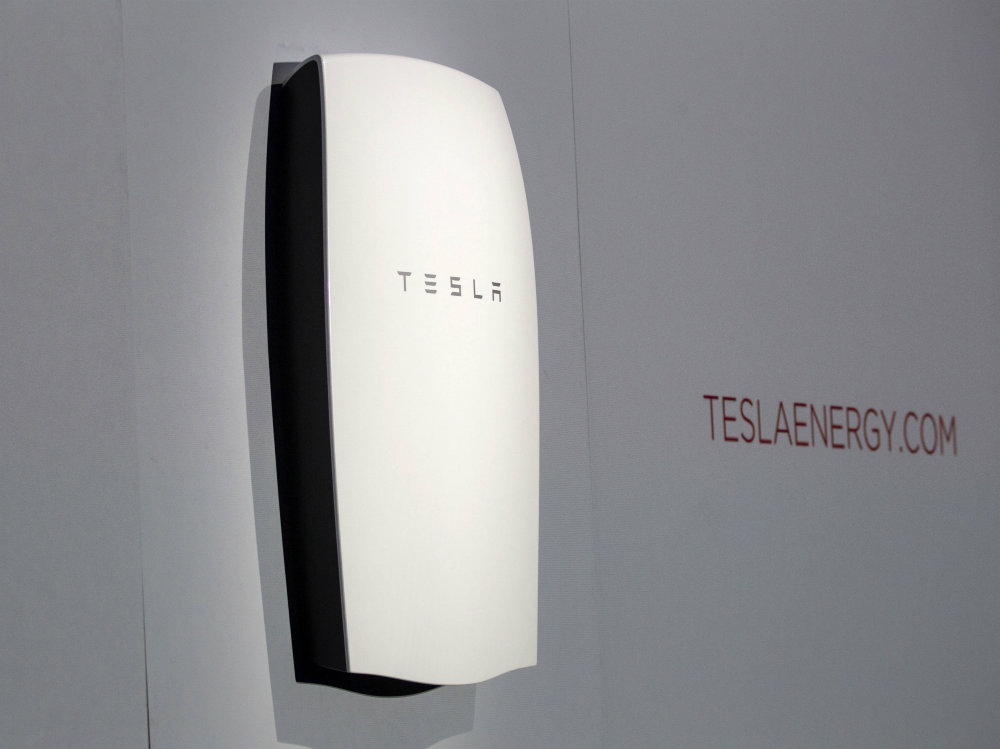Regulating Distributed Energy Storage

Posted by Arlene Haas, JD

There is an increasing focus on the benefits of distributed energy storage, especially storage paired with renewable energy sources. However, regulatory changes will be necessary to support the use of distributed energy storage.The Interstate Renewable Energy Council (IREC) addressed the development of state policies to advance energy storage adoption in its 2015 report Deploying Distributed Energy Storage: Near-Term Regulatory Considerations to Maximize Benefits (IREC Report). In this post, we at Burnham will take a closer look at the report and some of its recommendations.
Benefits of Energy Storage
The IREC report focuses on distributed energy storage, batteries or other forms of electricity storage connected to the distribution system. As solar, wind, and other renewable energy sources are increasingly added to the distribution system, the variability of these sources of electricity becomes a challenge. However, energy storage can be used to balance the loss of electricity from renewable sources resulting from changes in weather or time of day.
Energy storage systems can also help to respond to peak load demands. Electricity from renewable sources is not consistently available during peak periods. Yet, when storage is paired with renewable source generation, the renewable sources may be used to charge storage during off-peak times. The storage can then be deployed at times of peak demand. Also, energy storage may be used to help with voltage regulation due to its ability to react quickly and be located close to the source of the variation.
In addition, energy storage improves grid resiliency, for example, it can be used to respond to extreme weather events. Storage may be a component of a microgrid that disconnects from the grid when the larger system goes down. Individual customers can also use stored electricity during an outage.
The IREC Report highlights the fact that today customers are more engaged in managing the way they produce and use electricity. In addition to the growth of solar photovoltaics for homeowners, the availability of time-variant pricing and technology, such as smart meters, encourages even residential customers to have greater control over their energy use. Energy storage is an additional tool for customers who want to manage their electricity usage.
Evolving State Interest in Distributed Energy Storage
Policies to enable energy storage are, at most, at a very early stage of development in most states. The IREC Report describes a number of ways states are currently approaching energy storage. Many are simply evaluating the costs, benefits, and regulatory requirements of energy storage through, for example, studies or working groups. States with high penetrations of solar, such as Hawaii, California, and New Jersey, are revising their net metering and interconnection rules to support storage.
Some states are also trying to facilitate growth in the energy storage market by providing financial incentives or requiring utilities to invest in energy storage, including behind-the-meter storage. For example, California, New Jersey, and New York have programs providing incentives for energy storage. States are also integrating energy storage into their planning for grid modernization.
Six Regulatory Policy Tools to Support Distributed Energy Storage
The IREC Report suggests short-term steps policymakers may take to support energy storage adoption:
- Utility rate structures, such as time-of-use pricing, should be used to encourage energy storage adoption. The IREC Report notes that designing rates that properly reflect energy storage’s value may be the most important regulatory change necessary to support energy storage.
- Customers with energy storage, including behind-the-meter storage, should be able to participate in the ancillary service and demand response markets. However, the potential for customer-owned storage to be involved in these markets will be increased if the energy storage providers’ services are aggregated.
- State interconnection standards for energy storage should be evaluated for ways to streamline the process and ensure that customers with energy storage are fairly charged for any upgrades resulting from increased loads.
- Net metering programs should be designed by states to provide credits for energy storage but not reduce the availability of net metering for generation from renewable sources.
- It is important for energy storage to be included in any planning for the electric distribution system. For example, utilities should identify and share information about the most beneficial locations for increasing energy storage.
- State agencies and local jurisdictions need to develop code requirements for energy storage that ensure safety while also supporting an efficient permitting process.
A Closer Look at Different Distributed Energy Storage Policies and Requirements
Given that we are still at a very early stage in the adoption of distributed energy storage, there should be much more development of storage policies and requirements over the next few years. We at Burnham plan to take a closer look at the regulatory and code requirements for energy storage in different states and local jurisdictions. Look out for our upcoming posts on battery permit requirements in New York City.





